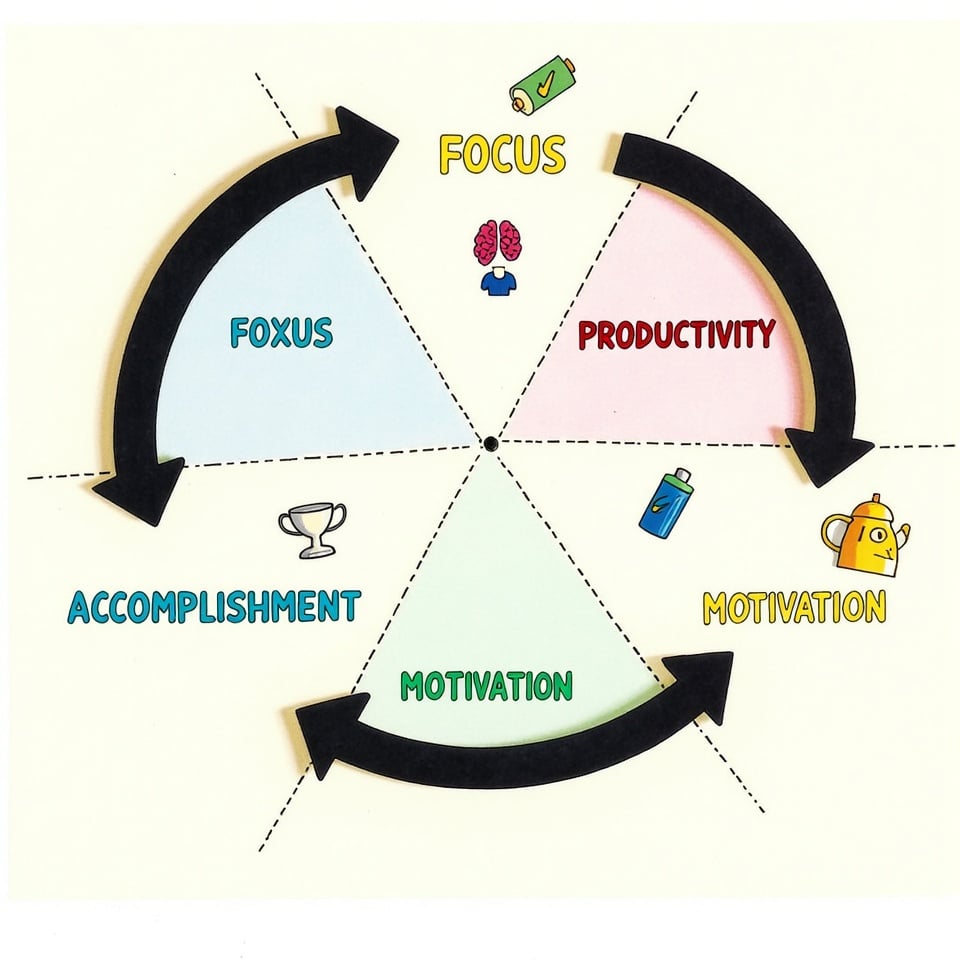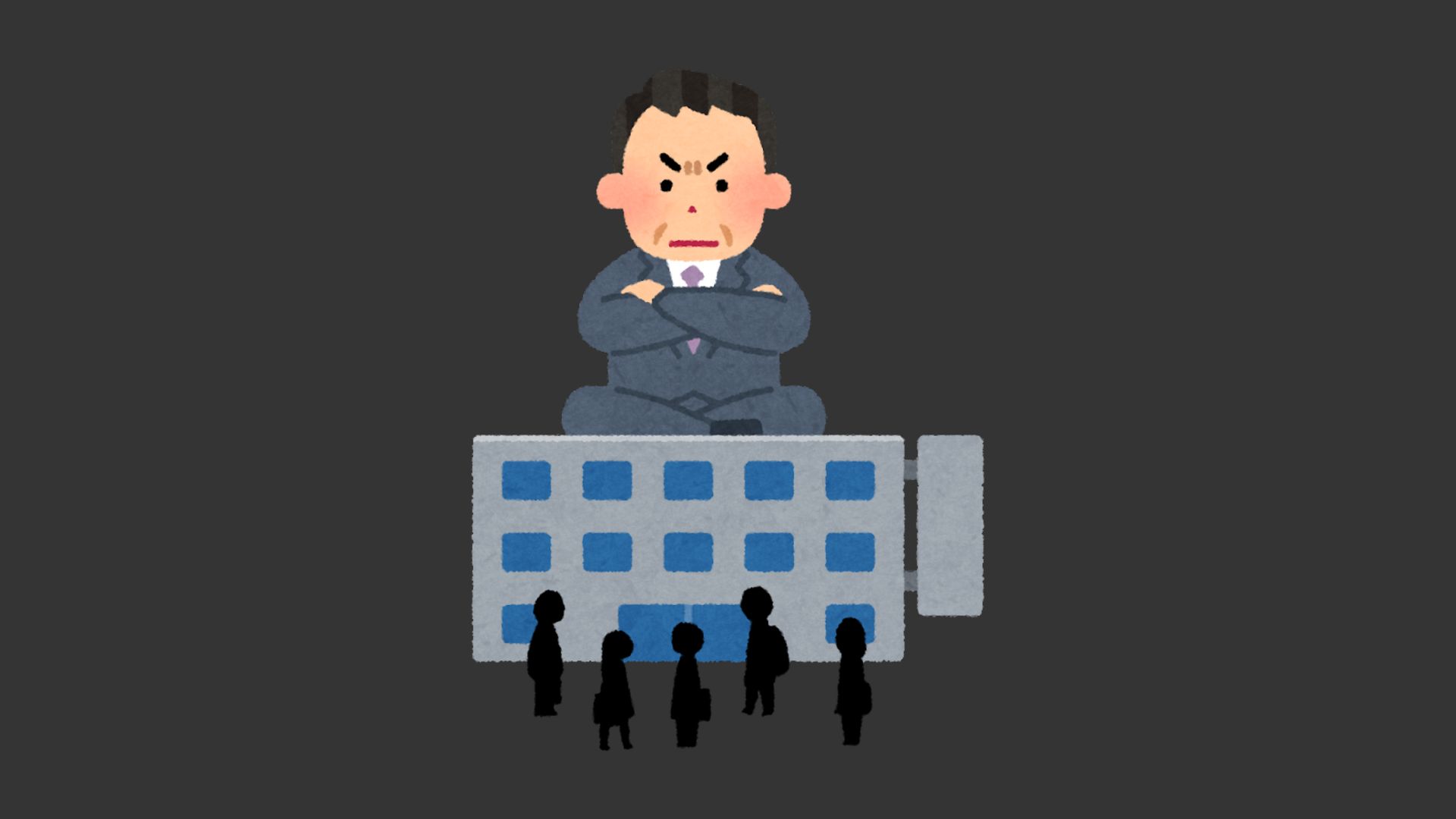Writing a term paper can seem like a big job, but don’t worry, we’re here to help!
With a little guidance, you’ll be able to write a great paper that shows off what you know and can do.
Whether you’re trying to get good grades or get help paying for school, learning how to write a term paper is an important skill to have.
In this article, we’ll break down the steps to writing a term paper into simple, easy-to-follow parts.
By the end, you’ll be able to write a paper that you can be proud of, and that will help you reach your goals—whether that’s getting into a good college or starting your dream career.
So let’s get started!
Table of Contents
What is a term paper?
A term paper is a type of research paper that students write at the end of a school term or semester.
It’s usually a lengthy essay that requires you to explore a specific topic in-depth, using a variety of sources to support your arguments.
Think of it as a final project that shows your teacher how well you’ve understood the material covered in class.
Imagine you’re working on a puzzle, and each piece represents a different idea or concept. A term paper is like the completed puzzle — it brings all the pieces together to create a clear picture of what you’ve learned. Your teacher wants to see how well you can analyze information, think critically, and express your thoughts in a clear and organized way.
Term papers can be on any subject, from science and history to literature and social studies. They often require you to take a stance on a particular issue or topic, and to back up your opinions with evidence from credible sources.
This is where your research skills come in handy — you’ll need to find reliable sources, take notes, and organize your ideas in a logical way. Don’t worry if this sounds like a lot of work — with practice, you’ll become a pro at writing term papers and be able to tackle any topic that comes your way!
What is the difference between a term paper and a research paper?
You might be wondering, what’s the difference between a term paper and a research paper? While both types of papers involve research and writing, there are some key differences.
A research paper is a general term that refers to any paper that requires you to research a topic and present your findings. It can be on any subject, and can be assigned at any time during the school year. Research papers can be short or long, and might require you to conduct experiments, gather data, or analyze information.
A term paper, on the other hand, is a specific type of research paper that’s usually assigned at the end of a school term or semester. It’s meant to show your teacher how well you’ve understood the material covered in class, and how well you can apply what you’ve learned to a specific topic or issue. Term papers tend to be longer than research papers, and often require more in-depth analysis and critical thinking.
Think of it like this: all term papers are research papers, but not all research papers are term papers. Research papers are like a broad category, while term papers are a specific type of paper within that category. Both types of papers require you to do your best work and show off your skills, but term papers are often more comprehensive and require more effort.
What is the difference between a term paper and an essay?
So, what’s the difference between a term paper and an essay?
While both involve writing, there are some key differences.
An essay is a short piece of writing that focuses on a specific topic or question. It’s usually a few pages long and requires you to express your opinion or perspective on the topic. Essays are often assigned to test your understanding of a particular subject or concept, and to see how well you can organize your thoughts and ideas.
A term paper, on the other hand, is a much longer and more in-depth piece of writing. It requires you to research a topic, gather information from multiple sources, and present your findings in a clear and organized way. Term papers are often 5-10 pages long, or even longer, and require you to use evidence and examples to support your arguments.
Think of it like this: an essay is like a snapshot, while a term paper is like a full-length movie. An essay gives a brief glimpse into a topic, while a term paper provides a much more detailed and comprehensive look. Term papers also require more research and analysis, and are often more formal in tone. So, while essays are an important part of your schoolwork, term papers are a bigger and more complex project that requires more time and effort.
Step by step guide to writing a term paper
Now that you know the steps to writing a term paper, let’s dive deeper into each step to make the process even easier.
Step 1: Choose a Good Topic
Choosing a good topic is the first step in writing a great term paper. Your topic should be interesting and relevant to the subject you’re studying. It should also be specific and focused, so you can cover it in-depth. Think about what you’re passionate about and what you want to learn more about.
Ask yourself questions like: What do I want to explore? What problems do I want to solve? What topics are currently trending in the news?
Brainstorm a list of ideas and narrow them down to the one that excites you the most. Make sure to check with your teacher to ensure your topic is acceptable and aligns with the assignment requirements.
A good topic should also be manageable. Avoid topics that are too broad or too narrow. You want to choose a topic that you can cover adequately within the given word count or page limit.
For example, if you’re writing about climate change, you might focus on a specific aspect, such as the impact of climate change on a particular region or industry. By choosing a specific topic, you’ll be able to delve deeper and provide more insightful analysis.
Step 2: Research
Now that you have a topic, it’s time to start researching.
Research is the foundation of a great term paper. It’s where you gather information, facts, and data to support your arguments.
Start by reading books, articles, and online resources related to your topic.
Take notes and organize the information you gather.
Look for credible sources, such as academic journals, government reports, and reputable news outlets.
Avoid sources that are biased or unreliable.
As you research, ask yourself questions like: What are the key issues related to my topic? What are the different perspectives on this topic? What evidence supports or contradicts my arguments?
Remember to also take notes on the sources you use, including the author, title, publication date, and page numbers.
This will help you to properly cite your sources later on. Don’t be afraid to ask for help if you need it.
Your teacher or librarian can provide guidance on how to find credible sources and how to evaluate the information you gather.
Step 3: Outline
An outline is a roadmap for your term paper. It helps you to organize your ideas, structure your arguments, and stay focused.
Start by brainstorming the main points you want to cover. Break down your topic into smaller sections or subtopics. Identify the key arguments or claims you want to make.
Then, create an outline that includes an introduction, body paragraphs, and a conclusion. Your outline should be detailed enough to guide your writing, but not so rigid that it stifles your creativity.
Think of your outline as a skeleton. It provides the framework for your paper, but you’ll still need to add flesh and muscle to make it come alive. Don’t worry too much about grammar or spelling at this stage.
Just focus on getting your ideas down on paper. You can refine your outline as you go along, but having a clear plan will help you to stay on track and ensure your paper flows logically.
Step 4: Writing the First Draft
Now it’s time to start writing your first draft. This is where you take your outline and turn it into a cohesive piece of writing.
Start with your introduction, which should grab the reader’s attention and provide an overview of your topic.
Then, move on to your body paragraphs, which should provide evidence and analysis to support your arguments.
Finally, conclude with a summary of your main points and a thought-provoking reflection.
Don’t worry too much about grammar, spelling, or sentence structure at this stage. Just focus on getting your ideas down on paper.
Write freely and don’t worry about making mistakes. You can refine your writing later on.
Remember to use clear and concise language, and avoid jargon or technical terms that might confuse your readers.
Use transitional phrases to connect your ideas and make your writing flow smoothly.
Step 5: Editing and Proofreading
Editing and proofreading are crucial steps in the writing process. This is where you refine your writing, check for errors, and make sure your paper is polished and error-free.
Start by reviewing your paper for content, structure, and organization.
Ask yourself questions like: Is my argument clear and convincing? Are my paragraphs well-organized and logical? Are my sentences clear and concise?
Next, check for grammar, spelling, and punctuation errors. Use a dictionary or thesaurus to ensure you’re using the correct words.
Read your paper aloud to catch any awkward phrasing or unclear sentences.
Finally, proofread your paper carefully to catch any typos or formatting errors. It’s a good idea to have someone else review your paper as well, as they may catch errors or inconsistencies that you’ve missed.
By taking the time to edit and proofread, you’ll ensure your term paper is of high quality and showcases your best work.
Use blainy free term paper writer to write term paper easily and fast!
Are you struggling to write a term paper?
Do you need help with generating ideas, organizing your thoughts, and citing sources?
Look no further than the Blainy Free Term Paper Writer tool!
This innovative tool is designed to help students like you write high-quality term papers quickly and efficiently.
With the Blainy Free Term Paper Writer tool, you can:
- Use the Topic Generator to generate ideas for your term paper
- Create a term paper outline with the help of the Outline Generator
- Organize your ideas and structure your outline with the tool’s suggestions
- Use the Cite Sources feature to automatically generate citations and references for your paper
- Edit your outline and draft with the help of the tool’s editing features
The Blainy Free Term Paper Writer tool is easy to use and requires no prior experience with writing term papers.
Simply enter your topic or research question, select the most relevant sources, and let the tool do the rest.
With the Blainy Free Term Paper Writer tool, you can write a high-quality term paper in no time!







